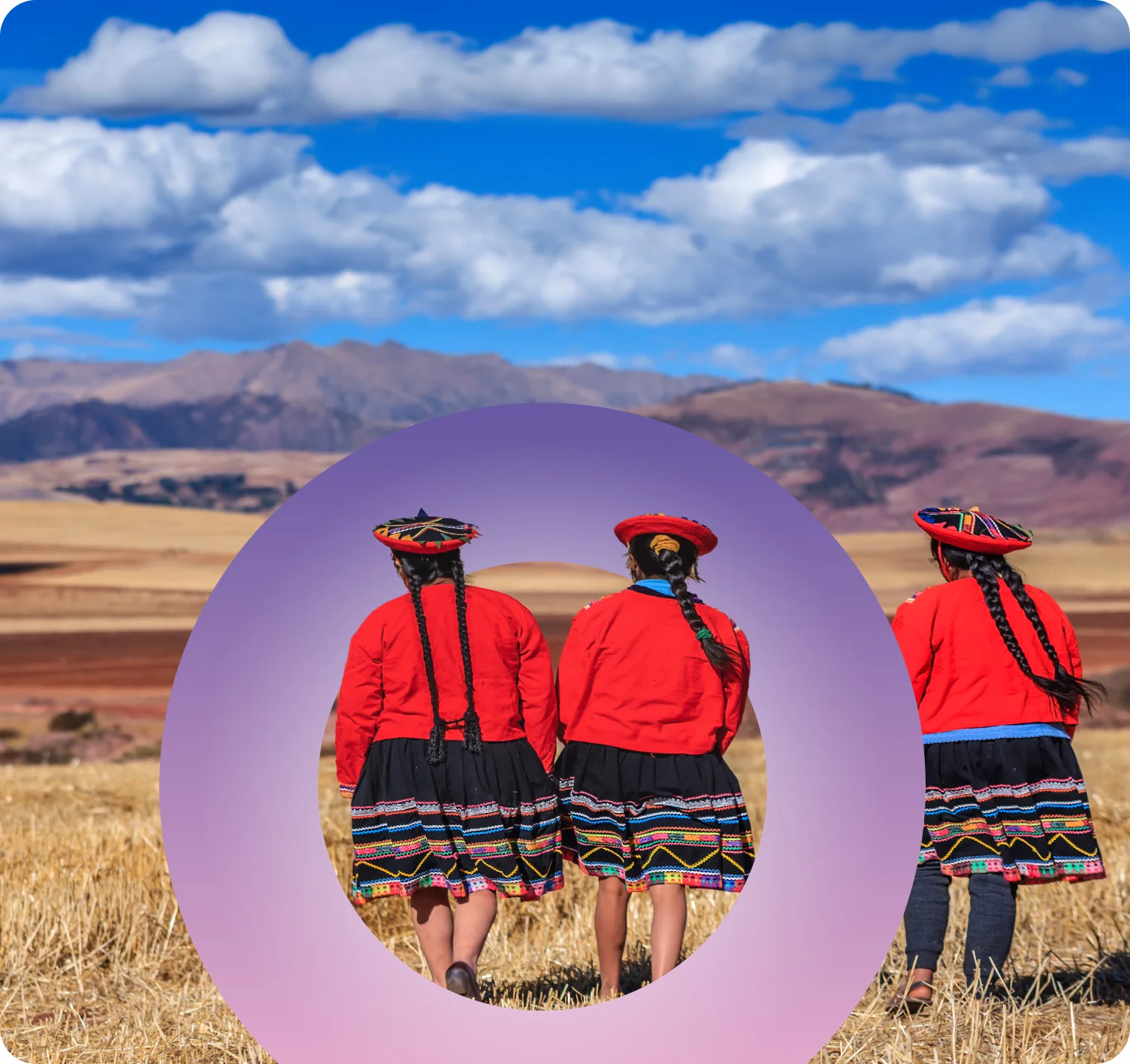Market-based initiatives to improve Indigenous rights include:
1
Recognition of land rights:
Ensuring Indigenous communities have recognised control over their lands to prevent exploitation.
2
Sustainable resource management:
Involving Indigenous communities in managing natural resources to protect ecosystems and cultural practices.
3
Economic empowerment:
Providing affordable access to certifications and markets for fair economic opportunities.
4
Inclusive decision-making:
Ensuring Indigenous voices are included in the development of sustainability standards and initiatives.
5
Capacity building:
Offering training to help Indigenous communities meet certification standards and engage in sustainable development.
